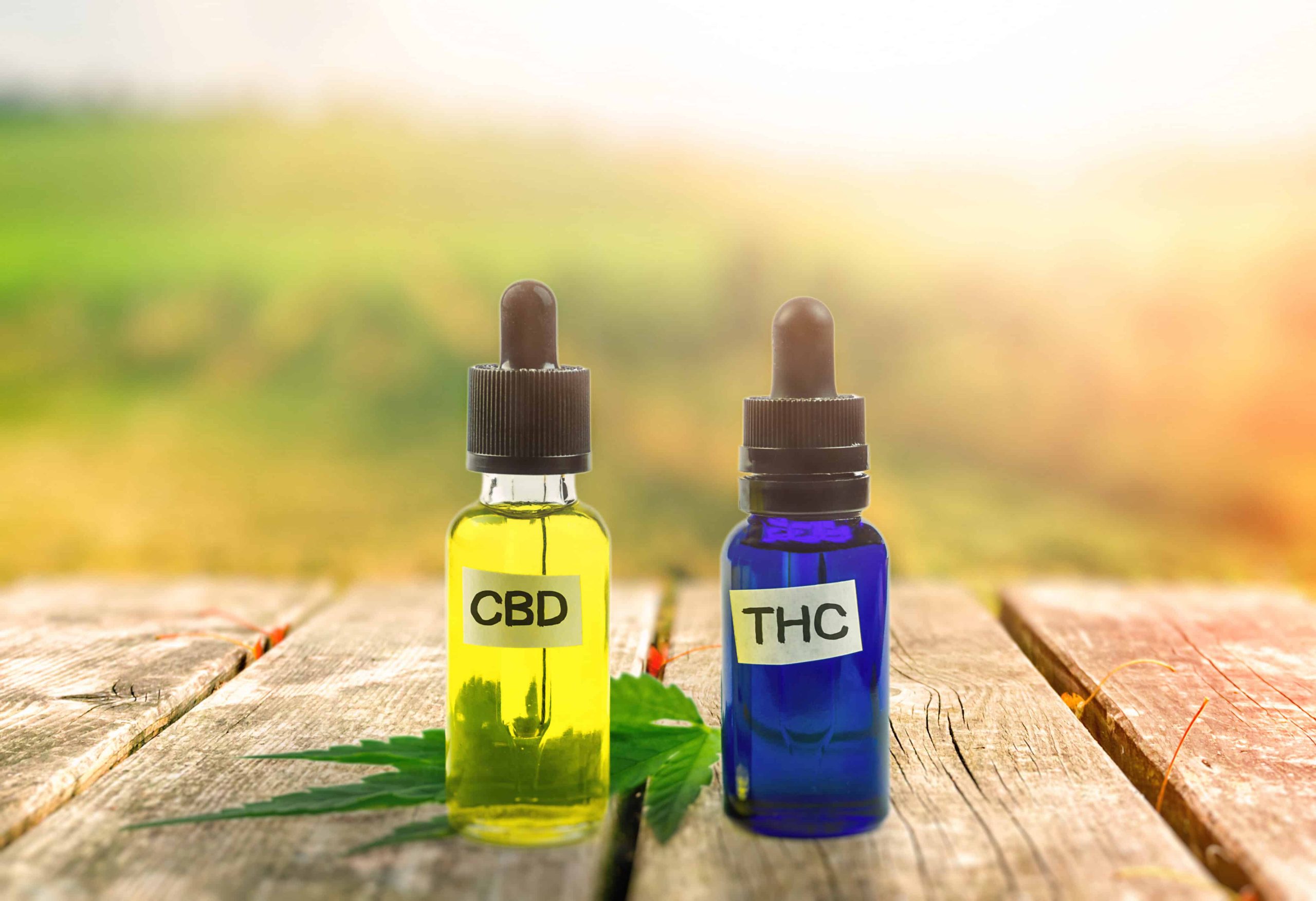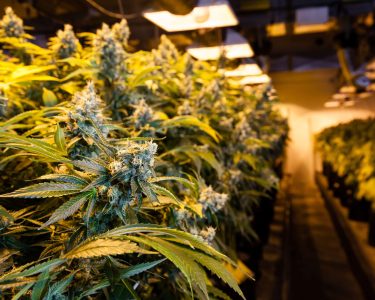Full-spectrum cannabis contains the full spectrum of over 100 plant cannabinoids, but they are not present in equal amounts. Knowing the ratio of one cannabinoid to another can help predict the effects of cannabis.
Effect of selective breeding on cannabinoid ratio
Before THC was identified as the cannabinoid responsible for getting people “high”, landrace breeds (breeding by nature rather than deliberate breeding by humans) were more balanced. It has been hypothesized that there was a balanced cannabinoid ratio. “Most strains are very low in CBD as they have been bred to have higher and higher THC content.” Dennis Hunter saidco-founder of Cannacraft, which manufactures CBD-rich products under its brand name care by design.
Thankfully, in 2008, the first U.S. cannabis testing laboratory was established. opened their doors, and the Steep Hill Institute, with Harborside’s backing, have modernized the science of cannabis lab testing. Thanks to their testing and research, Steephi Hill and Harborside are “even thought to have rediscovered CBD.” His other early CBD pioneers who were responsible for transforming this industry are Fred Gardner and Martin Lee. They started Project CBD in collaboration with grower Wade Rafter, who not only started Project CBD but is also a breeder. made a harlequin, one of the earliest CBD-rich varieties identified by Steephill. More and more growers are now breeding for the full profile of cannabinoids and terpenes, not just THC.
How does cannabinoid ratio affect you?
It is important to know what the expected effect is at a particular ratio, as different ratios of cannabinoids produce different, sometimes radically different, results. You also have to keep in mind that the higher ratio is the cannabinoid you want (i.e. if you don’t want it too high make sure 4:1 is CBD:THC instead of vice versa ).
More THC than CBD ratio
It’s unlikely you’ll see a cannabinoid ratio that contains more THC than CBD, but if you do, CBD:THC ratios of 1:2 or 1:4 are probably the most common and still feel high. However, some CBD may moderate the intoxicating effects. These ratios seem to work well for someone who is sensitive to THC but still wants to try, but more he will be CBD in, so a 1:1 ratio might be a good place to start. .
1:1 – balanced ratio
A 1:1 ratio of CBD:THC, with equal amounts of each cannabinoid, is probably the most common found in cannabis products of various product types (edibles, tinctures, capsules, topical, and even flowers and extracts). ratio. . This is a good ratio to start with for those new to THC but curious about what it feels like to be “high.” This ratio is great for people suffering from pain because both THC and CBD use different mechanisms in the body to act as pain relievers.
Low CBD to THC
The most common low CBD:THC ratios are 2:1, 3:1, and 4:1, all of which have similar effect profiles, resulting in minimal THC euphoria and CBD medical benefits. The benefits are many and made even stronger by the presence of CBD. THC by ensemble effect. These ratios are also very good for pain, but since CBD is effective against many conditions, from cancer to skin conditions like eczema, these ratios can be used for a wide range of medical conditions.
High CBD vs THC
There is some variation between products with low and high CBD:THC ratios, with high CBD:THC ratios on the market ranging from as low as 8:1 to as high as 40:1. Even at low CBD:THC ratios, there is minimal THC euphoria, but ratios of 8:1 and above are unlikely to cause intoxication, unless you are taking very high doses. Specifically, CBD:THC ratios greater than 18:1 do not cause addiction and are commonly used in cases of childhood epilepsy. Beyond epilepsy, a high CBD:THC ratio can help with a wide range of conditions, as can a low CBD:THC ratio, but adding more CBD can change its effects in the body. Just as it takes trial and error to know how much to consume in edible foods, it takes trial and error to find the best cannabinoid ratio for your needs.
What do ratio studies show?
Most research on cannabinoid ratios can be divided into two categories: studies on a 1:1 balance of THC and CBD and studies on high CBD:THC ratios for epilepsy. Studies of high CBD:THC ratios for epilepsy are largely unanimous that CBD is beneficial for some types of epilepsy in some people. Research on the 1:1 balanced ratio has mainly focused on products. Sativex, which is an orally ingested tincture approved for “pain relief in advanced cancer and multiple sclerosis.” Cinnamon Bidwell is a neurobiologist at the University of Colorado Boulder Cognitive Sciences Institute. Buyer’s responsibility For cannabis consumers, “marketing and consumer lure go far further than what research can actually back up.”
Ratios: More Than Just CBD and THC
While this article focuses on the ratio of CBD to THC, it’s important to consider other chemicals such as over 100 other phytocannabinoids, terpenes and alkaloids. For example, as he discussed in his last Cannabeginners article, research on CBN is mixed, but some believe there are sleep benefits from using CBN. Both CBD and THC can help you sleep, so instead of using just one cannabinoid, consider using a ratio of all three, such as 2:1:1 CBN:THC:CBD. . On this subject, the American Testing Materials Association states: D37 Cannabis Commission They just had a meeting in Denver, and one of the criteria they’re working on concerns how to best present cannabinoid ratios to consumers.





